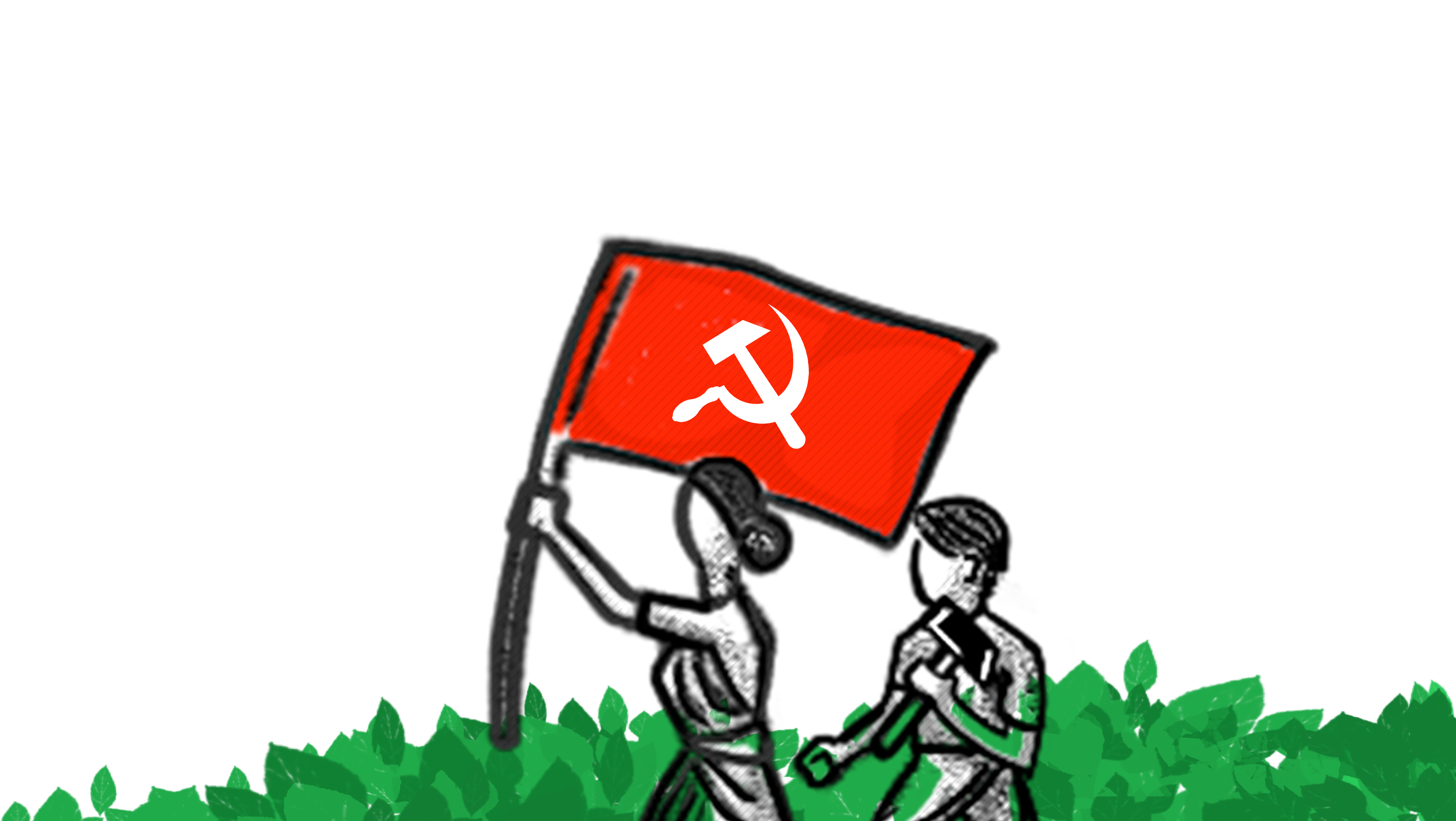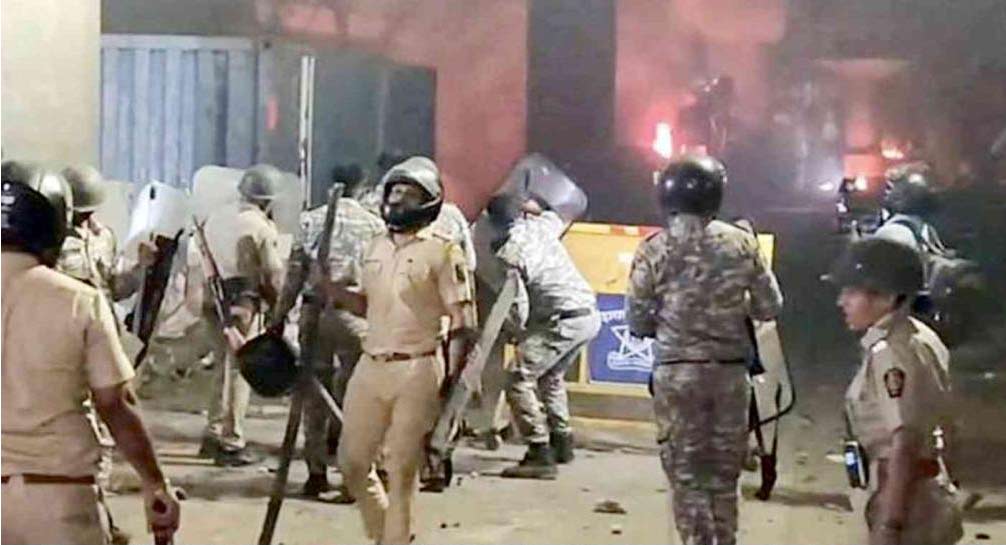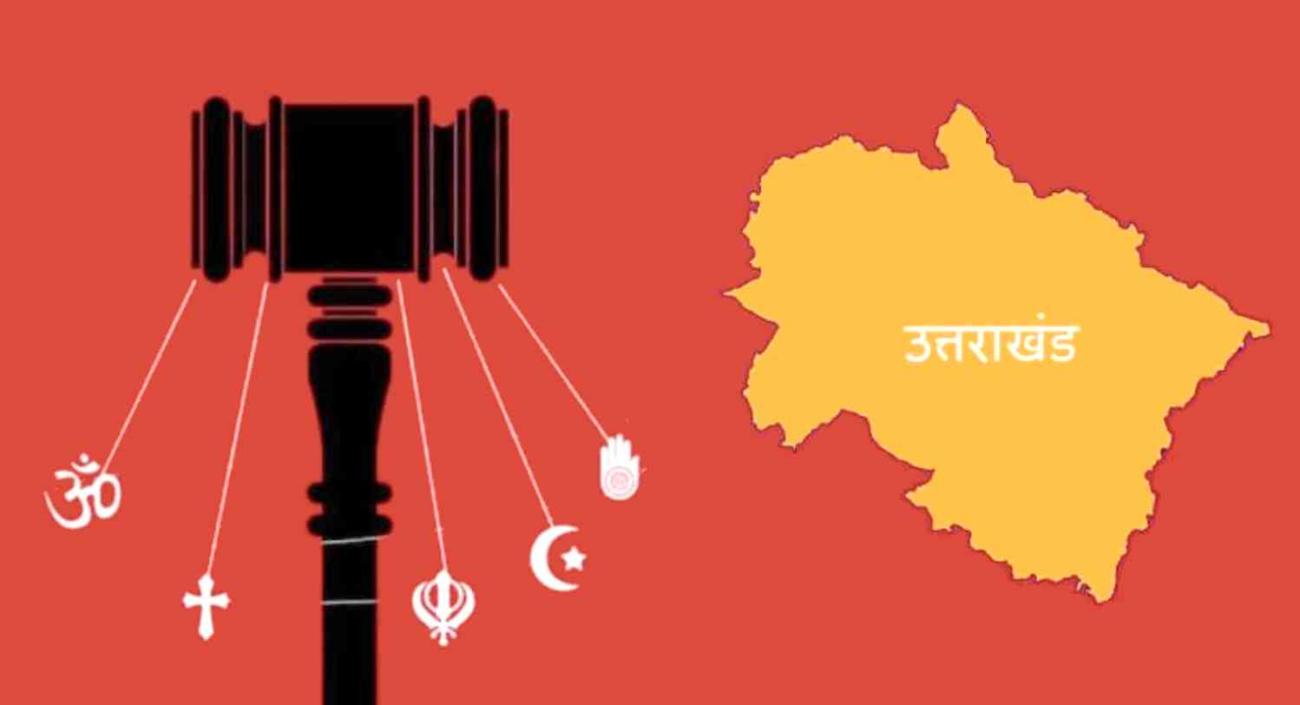� Eduardo Galeano, opening speech at Chile Creates,� an international meeting in support of Chilean democracy, July 11, 19881
In school, he hated history and was a lousy history student. He wanted to be a soccer player, a saint, and a painter. He abandoned the first two ambitions, and achieved the third only by learning to use words in place of paint.
He always took the side of the doomed, despised, and damned. Even at the height of the Cold War, with shrieking anti-Communist hysteria the norm, he was not afraid to befriend those Washington denounced as satanic. He praised Che Guevara as a man who said what he thought and did what he said he was going to do,� a rare example of moral and intellectual coherence in a world of near total hypocrisy, which in his view redounded to Guevaras perpetual glory. Galeano summed up just how rare an achievement this was by stating that, In this world, when words and deeds run into each other in the street, they dont say hello, because they dont recognize each other.�
He wrote not from duty but from joy, always waiting until his hand began to itch.�2 Immune to the obsessions of established literary critics, he casually combined literary styles and ignored the (alleged) border between journalism and literature. His most famous work, Open Veins of Latin America,� (1971) only won honorable mention in the House of the Americas literary competition because the judges felt that a history book that wasnt boring couldnt be a serious work. Fat, dry tomes dominated the social sciences at the time (they still do), and Galeanos lush and lyrical prose was anything but boring, so he had to settle for a consolation prize.
The book was going nowhere on sales charts even Galeanos family wasnt reading it until Latin Americas ubiquitous dictatorships did it the honor of banning it. The Uruguayan dictatorship, relatively unpracticed in the repressive arts, lagged behind its authoritarian brothers, mistakenly classifying the book as an anatomy text at first, before making up for lost time by jailing the author along with the book. Upon his release, Galeano fled to Spain, where almost ten years of intense research led to the publication of his magnificent trilogy on the history of the Americas: Memory of Fire. In these microhistories he found his permanent style richly textured vignettes portraying historical characters and events in the present tense as though glimpsed through a keyhole. Galeanos vividly creative prose was too much for the jealous guardians of literary boundaries, who classified the English translation of Memory of Fire as fiction, albeit with a bibliography and index.
Serious but never solemn, he wrote with a gentle, leg-pulling humor that forever had a smile playing at the corners of his readers lips. In his masterpiece, Upside Down A Primer For The Looking Glass World,� he opened with a message to parents� lamenting the loss of virtue, honor, and truth� in the modern world. The message was from Al Capone (notorious American 1920s gangster ed/). In a vignette about the death of John D. Rockefeller, the founder of Standard Oil and the richest man in the world at the time, he wrote that, In the autopsy, no scruples were detected.� Commenting on the fact that cigarette ads in magazines were required to carry the warning, Tobacco smoke contains carbon monoxide,� whereas highly polluting automobiles were under no similar obligation, Galeano simply said, People cant smoke. Cars can.�
Even horrible scenes, all too familiar in history and politics, could not deflate his good humor, or cause him to avert his gaze. He once paid tribute to the skill� of the torturers who worked for former Nicaraguan dictator Anastasio Somoza by highlighting the precision of their work: Armed with pincers and spoons, these lads can tear out fingernails without breaking the roots and eyes without injuring the lids.�3 Simple denunciation would not capture the horror nearly as well as Galeanos detached irony.
Detached though he might sound, uncommitted he was not. With relentless application (he once re-wrote the entire manuscript of a book eleven times) he dedicated himself to revealing the most painful realities, drawing on a deeply thoughtful joy that became his trademark. Nevertheless, he shunned the title thinker,� as though he were merely a disembodied head, pointing out that he wrote with his whole being, not just from his neck up. He delighted in the name a Colombian fisherman once gave his work senti-pensante�4 � feeling-thinking � which was much more in line with how Galeano regarded himself and his writing. He recognized that, dualistic conventions notwithstanding, thought and feeling cannot ultimately be divorced, and was astute enough to avoid the twin dangers of sentimentality and frigidity, as all too many other writers do not.
The enemy of verbosity and inflated speech, Galeano was aghast at the ever increasing torrents of empty words, and rated word inflation� even more dangerous than monetary inflation. Brevity became his natural style and irony his habitual tone. This preference for the concise he picked up from his mentor and friend, Uruguayan novelist Juan Carlos Onetti, who helped Galeano early in his career. To lend authority to his literary advice, Onetti used to disguise it as proverbial wisdom: There is a Chinese proverb that says� . . . or, according to the Persians� . . . But in reality the sayings were all his. One of his favorites, which Galeano took to heart, was: The only words that deserve to exist, are those that improve upon the silence.�
Onetti taught Galeano to boil his writing down to pure meat and bone.� The immense struggle involved in learning to say more with less is nowhere better illustrated than in Galeanos effort to describe the 19th century love affair between a young woman of Buenos Aires high society (Camila OGorman) and her priest (Ladislao Gutierrez),5 a story he related to sociologist and philosopher Aurelio Alonso in a Havana interview some years ago. The young woman and her priest had fallen madly in love, fled the scandalized capital, only to be captured and executed for the crime of love.�
At the time Galeano was trying to describe the love that had impelled them to their deaths, he had a friend and literary critic living with him, a founder of the Tupamaros (Left-wing insurgent movement in Uruguay in the 1960s and 1970s ed/) who had lost one lung to tuberculosis and most of the second one to the beatings he received after being taken prisoner. The man had a remote rural upbringing and knew nothing of formal literary training, but possessed a fine aesthetic intuition that Galeano greatly appreciated. When he showed him his description of the love affair between the young high society woman and the priest, his friend abruptly dismissed the effort with a gesture of contempt: There are a lot of pebbles in the lentils. Youve got to get those pebbles out of there.� So Galeano wrote draft after draft, trying with mounting frustration to capture the scene in words, only to have his friend reject them all: I still see pebbles in the lentils.� Finally, Galeano reached the limit of his patience, and told his friend that the latest version would be the last: If you dont like this one I wont ask you again, because this is abuse. I wrote six pages and all Ive got left is a single sentence.� His friend responded, But what a sentence. You have me to thank for it, because without me you wouldnt have made it.� And the sentence that described the love of the young high-society woman and the priest who fled with her to certain death was vintage Galeano:
They are two by an error that the night corrects.�
Now we mourn the man that gave voice to those moving words, a superb writer finally indeed reduced to an echo, though not that of a lickspittle parroting official cliches, but of a free man who spent his life telling the truth.
Let that echo sound long, and loud, and often.
� Most of the Galeano quotes are from an interview (in Spanish) with Cuban sociologist Aurelio Alonso on Countercurrent,� published on You Tube 1/7/13
-
- 1. Eduardo Galeano, We Say No, (Norton, 1992) p. 243
2. Democracy Now!, May 19, 2006
3. Eduardo Galeano, Memory of Fire Vol. 3 (Pantheon, 1988) p. 249
4. Democracy Now!, 19 May 2006
5. Eduardo Galeano, Memory of Fire, Vol. 2, (Pantheon, 1987) pps. 163-4





